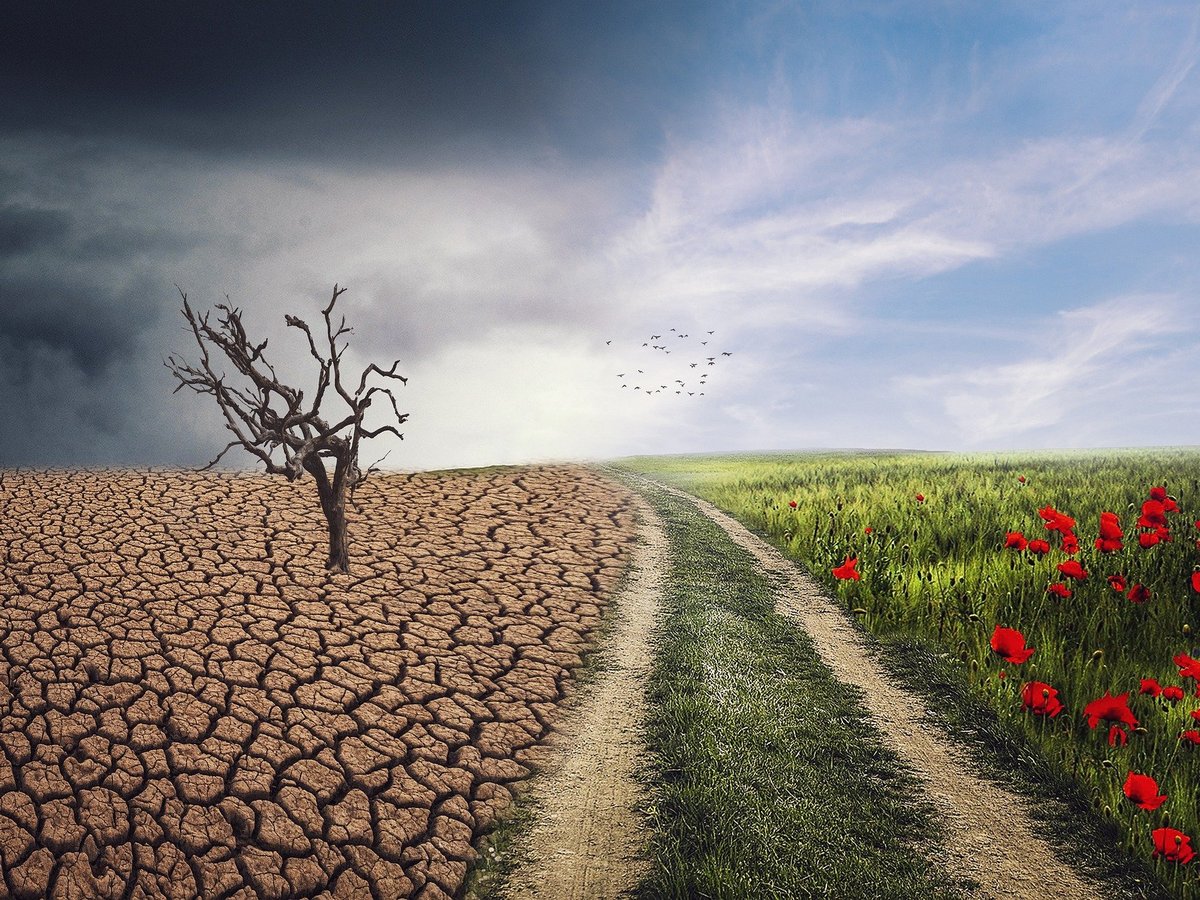In January 2020, the Copernicus Program Climate Change Monitoring Service (C3S) announced that 2019 was the fifth in a string of abnormally warm years, the second warmest year on record and the warmest in Europe. According to the 2018 European Climate Report, there has been a clear upward trend in both average monthly and annual temperatures over the past forty years. 2018 was one of the three warmest years on record in Europe, along with 2014 and 2015, with average temperatures 1.2°C higher than those from 1981 to 2010. The 2019 report is expected to be published in April 2020.
According to the HHFA study, every decade since 1960, precipitation in Northern Europe has increased by 70 mm and decreased by 90 mm in the south. According to Blaž Kurnik, climate change will have a negative impact on agricultural productivity in many regions of Europe. “Areas in the Mediterranean and southeastern Europe are expected to suffer the most, mainly due to decreased precipitation and higher temperatures, leading to longer and more severe droughts and water shortages,” Kurnik said.
Projected changes in average monthly winter and summer temperatures by the end of the century (2017 – 2100) compared to temperature data from 1981 – 2010, according to RCP8.5 (Source: Dosio, 2018)
According to a recent report by the European Environment Agency (EEA), in Central and Eastern Europe, the amount of heavy rains flooding farmland and reducing crop yields could increase by 35%. On the other hand, the increase in temperature over the last 40 years has allowed the expansion of crops in a northerly direction. It is expected that the trend of shifting climate zones will continue in the future and yields may increase.
Cereal crops reach their peak yields only when certain conditions are combined. The stages of their life cycle are tied to specific events and specific times, and they cannot help but respond to disturbances. Higher temperatures cause seeds to germinate earlier and plants to grow faster. EEA experts predict that crops such as wheat and corn will bloom and mature one to three weeks earlier than usual, especially in the western and northern regions of Europe.
However, because of the faster growth in higher temperatures, there is not enough time for crops to form enough biological material, which in turn can reduce their yields. This consequence of climate change has already affected the production of corn, wheat and oats in Southern and Central Europe. It is estimated that between 2051 and 2080, grain yields in Portugal could fall by 20 to 29 kg/ha per year. Some studies also warn of a possible decline in the quality of wine grape varieties in Spain.
“For many crops, such as cereals, natural anomalies during the flowering period are particularly dangerous,” said Dr. Margarita Ruiz Ramos, an expert in the adaptation of agricultural systems to climate change at CEIGRAM. – I am referring to the heat and drought in the Mediterranean, which now occasionally comes to Central Europe as well.
According to Coldiretti, Italy’s largest farmers’ union, in the past decade Italy’s agriculture and agricultural infrastructure has lost 14 billion euros to weather anomalies related to climate change. According to Alessandro Gallo, an expert of the weather service Meteonetwork, grain yields in Sardinia, where average temperatures this winter were 3°C higher than usual, and prolonged drought is replaced by severe floods, may fall significantly in the next thirty years. More severe droughts are expected in Portugal, Galicia, northern Scandinavia and Turkey, and a 2°C rise in global temperatures will lead to water shortages and a 4 to 18% increase in irrigation water demand by 2100, according to EEA experts.
“Other extreme natural events, such as floods or excess water in the soil during planting or harvesting, could also be a problem for parts of Central and Northern Europe,” added Dr. Ruiz Ramos. – In the north, although the length of the agricultural season will increase, new pests and diseases may not allow for higher yields.
